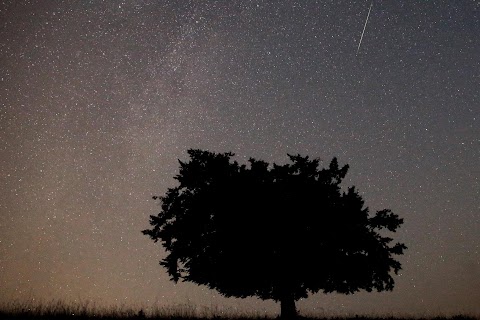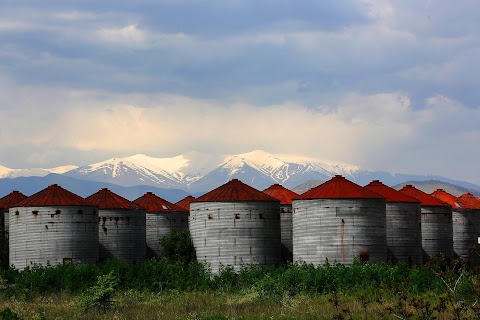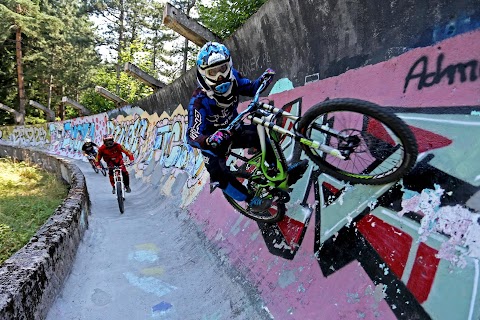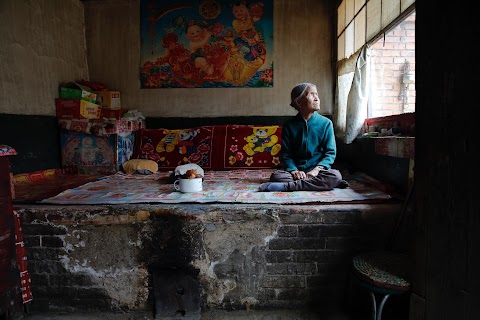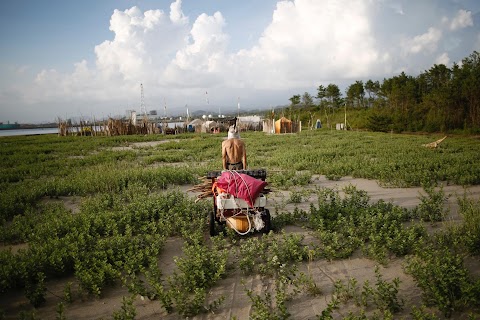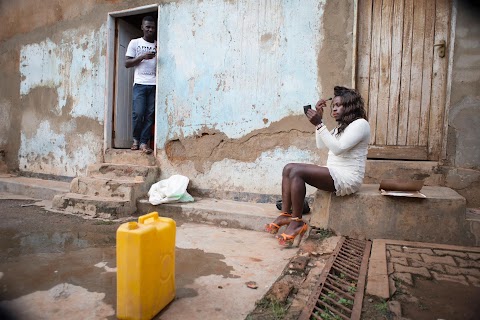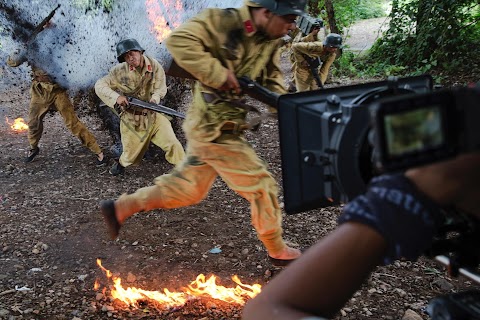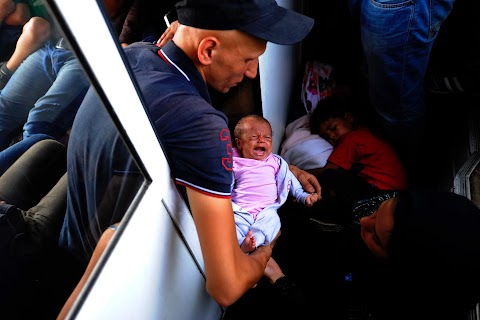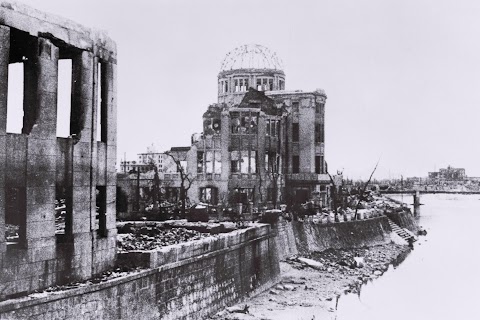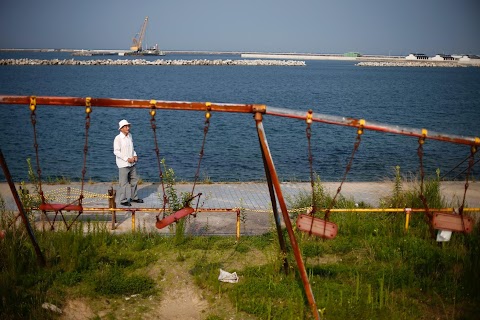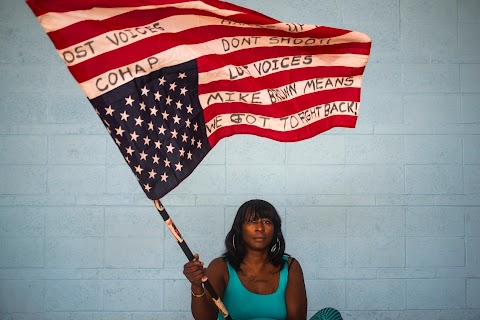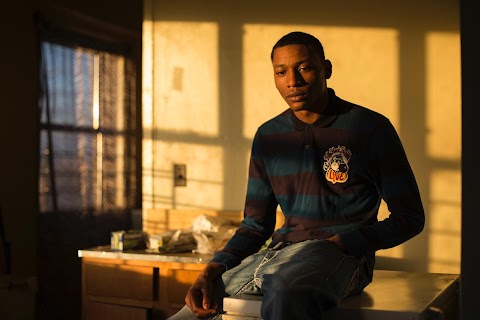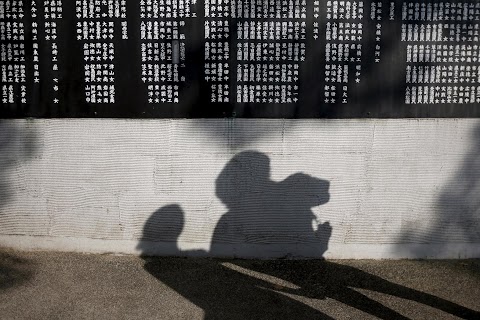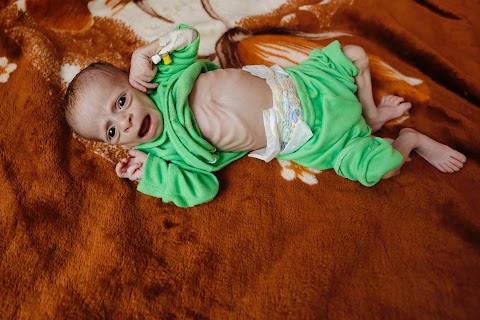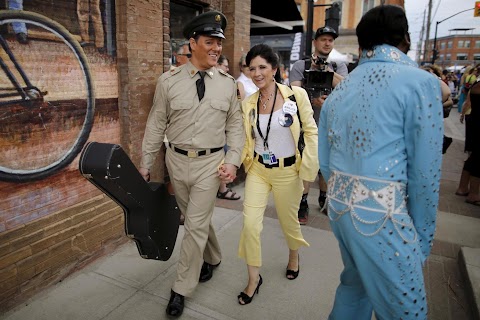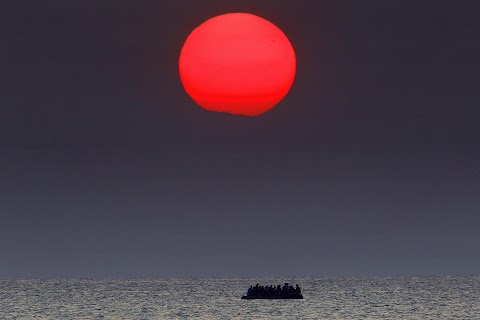
Paths to Europe
 Yannis Behrakis
Perspective by
Yannis Behrakis,
Reuters Photographers
Yannis Behrakis
Perspective by
Yannis Behrakis,
Reuters Photographers
A dinghy overcrowded with Syrian refugees drifts in the Aegean Sea between Turkey and Greece after its motor broke down off the Greek island of Kos. The Turkey-Greece route has resurfaced these summer months as a thriving business for smugglers who profit from the stream of people fleeing war and poverty.
More than 2,000 migrants and refugees have died so far this year in attempts to reach Europe by boat, the International Organization for Migration said last week. Reuters photographers on assignment in France, Greece and Malta capture the drama of migrants on the move.
“The feelings and emotions are really strong, raw, including for me. It’s a great moment to witness because they are arriving in a safe haven.”
When I first arrived on the island about a week ago I captured the arrival of some immigrants. A couple of them were scared and they put up their hands as if to surrender. I reassured them that I was a photographer and that they were safe.
Every morning more people arrive in small dinghies. The moment migrants land is amazing. They jump up and down for joy, some of them kiss the ground, they give each other high fives, they do selfies and some pray.
Every morning more people arrive in small dinghies.
“Where are we?” some ask, not realising that they are in Greece.
Sometimes 10 dinghies arrive in the space of 30 minutes. Between 40 and 60 people are packed into the big ones. The smaller versions contain from four to 10 people and in those it means paddling, as there’s no motor.
Then it’s day two and they start the process. Getting their temporary documents can take two or three weeks, it’s slow. There are so many people to register.
It’s very hot so going around and shooting pictures can be demanding. You need to be out there.
I go to the beach from four in the morning; some are more accessible than others. It’s pitch dark, so I wait for the sound of engines and try to figure out where the boats might arrive.
Around 6am dawn breaks and you can scan the horizon for dinghies. Occasionally at the last moment they change direction so even if you’ve driven to another beach to capture their arrival you can miss them.
It’s pretty hard to shoot, you have to be patient and fast.
Kos is a typical summer holiday island so the authorities don’t have the infrastructure to deal with a situation like this. It’s packed with tourists enjoying themselves.
So no hotels are available. To start with the immigrants have to sleep in the street. There’s also an abandoned, dirty hotel that is packed with immigrants, but it’s some sort of shelter.
The very few lucky ones get rooms in hotels.
The vast majority get given tents to live in as a temporary shelter. Locals provide them with food and water. However it’s very hot and they can’t shower.
Earlier this week, on Tuesday, skirmishes erupted at a makeshift reception centre in a sports stadium during which police sprayed fire extinguishers to disperse people.
In the stadium it was impossible. It was incredibly hot with no shade, there weren’t enough people to deal with the registration. At some point frustration was bound to spill over. But it only lasted for 10 or 15 minutes and nobody got hurt.
Now the system is working a lot better, I saw a lot of happy faces on Thursday.
It’s a bit frustrating for the locals because it’s a holiday island. All of a sudden you have all of these refugees and some people get upset.
However in general Greek people are hospitable to them. Many Greeks have family who were refugees, people understand.
Slideshow

A Syrian refugee family arrives in front of a beach tavern on the Greek island of Kos.

Tourists sunbathe as a dinghy with Pakistani migrants approaches a beach on Kos.

Jubilant Afghan migrants on an overcrowded dinghy arrive at a beach on Kos.

Syrian refugees carry their children as they jump off an overcrowded dinghy as they arrive in Kos.

Syrian refugees take "selfies" moments after arriving in an overcrowded dinghy to a beach in Kos.

A Syrian refugee holding his son calls relatives moments after arriving by dinghy at a beach in Kos.

A Syrian refugee searches for her belongings around a deflated dinghy on a beach in Kos.

Syrian men form a safety corridor for women in a stadium in Kos amid clashes during the registration process for new arrivals.

Syrian refugee Mohamed, from Idlib, holds his 2-month-old daughter Malak next to his wife Kawsr, moments after in Kos.

Syrian refugees pack the stands inside a sports stadium in Kos.
“I could see just how dire the situation was – the wooden boat was rocking violently at times, people were jumping and diving off.”
Seeing the Syrian boys in the rigid-hulled inflatable boat (RHIB), I’m struck by how happy and relieved they look, albeit with a hint of apprehension in their young eyes, as they prepare to board a larger vessel taking them to Italy. It’s a far cry from how they looked some hours earlier, sitting in the same RHIB being brought to the MV Phoenix rescue ship for the first time.
Then their fear, panic and screams sent shockwaves through me, although I had to concentrate on capturing the frantic rescue efforts around me.
It was August 6. About 10 miles off Zuwara and inside Libya’s territorial waters, a heavily overloaded wooden fishing boat, carrying some 600 migrants fleeing towards Europe, had lost its rudder. Top-heavy with hundreds of desperate men, women and children, it was in imminent danger of capsizing.
I had been on the MV Phoenix, operated by the NGOs Migrant Offshore Aid Station (MOAS) and Médecins Sans Frontières (MSF), for several days off Libya when the alert came in from the Maritime Rescue Coordination Centre in Rome.
Only a day earlier, some 200 people were feared to have drowned when a similar wooden boat capsized and sank within minutes as a rescue operation went horribly wrong for reasons which remain unclear. The MV Phoenixhad raced to the scene to help search for survivors or bodies, but found nothing.
This time round, the tension as we approached was razor-sharp. The MSF ship Bourbon Argos and the Italian Navy destroyer Francesco Mimbelli got there first, but kept their distance until the more experienced MOAS rescuers could assess the situation. No one wanted a repeat of the previous day’s tragedy.
The MV Phoenix launched its two RHIBs, each towing 25-metre-long buoyancy tubes for people to hang onto.
As the MV Phoenix drew nearer, through my long lens I could see just how dire the situation was – the wooden boat was rocking violently at times, people were jumping and diving off. The rescuers on the RHIBs, now joined by units from the MSF and Navy ships, tossed lifejackets to those on board. Fighting to stop myself shaking, I didn’t dare lower my camera, knowing that the boat could capsize at any moment. Luckily, that didn’t happen.
Only when migrants started being bundled onto the MV Phoenix did I take my eye off the boat. Then it was time to move in close and try to capture images of the frantic scenes of near-panic.
Given the urgency of the operation, I couldn’t get as close as I’d have liked by being on a rescue boat. I’d have been taking the place of someone whose life needed saving. Sometimes, pictures have to take second place.
Once everyone was off the boat, I was able to clamber aboard. Clothing, shoes, documents littered the deck but what really caught my eye was a Disney Princess inflatable swim ring.
By late afternoon, 604 migrants had been rescued with not a single life lost – a very different outcome to what had happened the previous day.
Slideshow

A migrant dives into the water from an overloaded wooden boat during a rescue operation off the coast of Libya. An estimated 600 migrants on the boat were rescued by international NGOs without loss of life.

Migrants in a rubber dinghy wait to be rescued by the ship MV Phoenix off the coast of Libya.

Migrants reach out to grab hold of rescuers on a rigid-hulled inflatable boat before being taken to the ship MV Phoenix off the coast of Libya.

A migrant child is brought onto the ship MV Phoenix after being rescued from an overloaded wooden boat off the coast of Libya.

Migrants react after boarding the rescue ship MV Phoenix off the coast of Libya.

Migrants take part in an impromptu prayer meeting on the rescue ship Bourbon Argos between Libya and Sicily.

A Nigerian migrant shelters from the sun on the rescue ship Bourbon Argos between Libya and Sicily.

A migrant drinks water on the deck of the rescue ship Bourbon Argos between Libya and Sicily.

A migrant baby sleeps on the deck of the rescue ship Bourbon Argos.

Migrants look out of a window on the rescue ship Bourbon Argos as it arrives in Trapani on the island of Sicily.
“They live in a shantytown called 'The Jungle' and despite their living conditions, they say, 'At least we're safe from dying"'. But they are not."
Migrants' journeys in search of a better life are full of challenges. Calais is one more obstacle on the way.
Many people there come from Afghanistan or Sudan. They live in a shantytown called "The Jungle" and despite their living conditions, they say, "At least we’re safe from dying". But they are not. As most of them aim to reach Britain, crossing the Eurotunnel may well cost them their lives.
The most important tool on assignments like this is respect and patience. Not many other gadgets or techniques are needed. Good pictures come by living the situation from a perspective that keeps you from judging, taking part or trying to modify the scene. That requires patience.
I have covered deadly journeys from Africa to the Canary Islands since 1999.
While covering migration over the years I have met people whose overriding desire is to be safe, no matter where. They are exhausted, tired of a life of fleeing violence and danger, uncertain about the future but they still have the strength to face it.
Who hasn't got a member of their family or a friend who migrated in similar circumstances? Argentina, my home country, is a clear example. Wars and famine in Europe boosted its population in the past; later we needed to come to Europe. Migration is ever present.
Dangers have increased over the years. Deaths and disappearances happen all the time when people try to cross borders. Rich countries will keep trying to seal their borders and people will always try to find a crack.
Those who need to come to Europe will keep trying, as I've witnessed myself for more than 15 years.
Immigration is a constant in humanity, but the especially risky and dramatic circumstances in recent years made it a priority for me to document what was happening.
I have kept in contact with some people I photographed over the years; sometimes I met their families in Africa. Many overcame countless difficulties and succeeded. Others keep trying, but never give up - there’s no turning back.
More and more immigration stories started to emerge while I lived in the Canary Islands, where I was based until 2007. I felt an even stronger link to what I documented in Calais because of what I’d seen and heard on the islands.
The story of immigration then was cruel, dramatic, and had to be told. It’s just the same in Calais today.
Slideshow

Migrants run after crossing a fence as they attempt to access the Channel Tunnel in Frethun near Calais.

Migrants, illuminated by police torches, run to cross a fence as they try to access the Channel Tunnel in Frethun near Calais.

Two African migrants get under a fence as they try to access the Channel Tunnel in Frethun near Calais.

French police search for migrants under a bridge close to the Channel Tunnel in Frethun near Calais.

Migrants take part in a demonstration nearby sunbathers on the beach.

Sudanese migrants construct the frame a makeshift shelter.

Faris from Sudan learns French in a shantytown camp in Calais.

A migrant sleeps under a busy road bridge.

Sudanese barber Halifa shaves the beard of Ali, also from Sudan.

Abdurrahim from Sudan holds a photo of his girlfriend.
